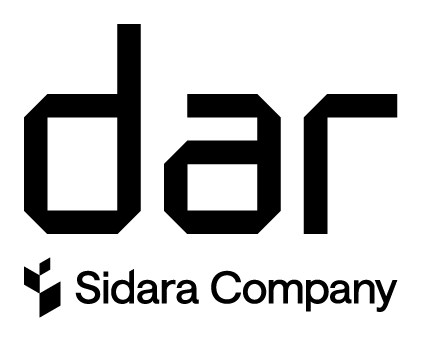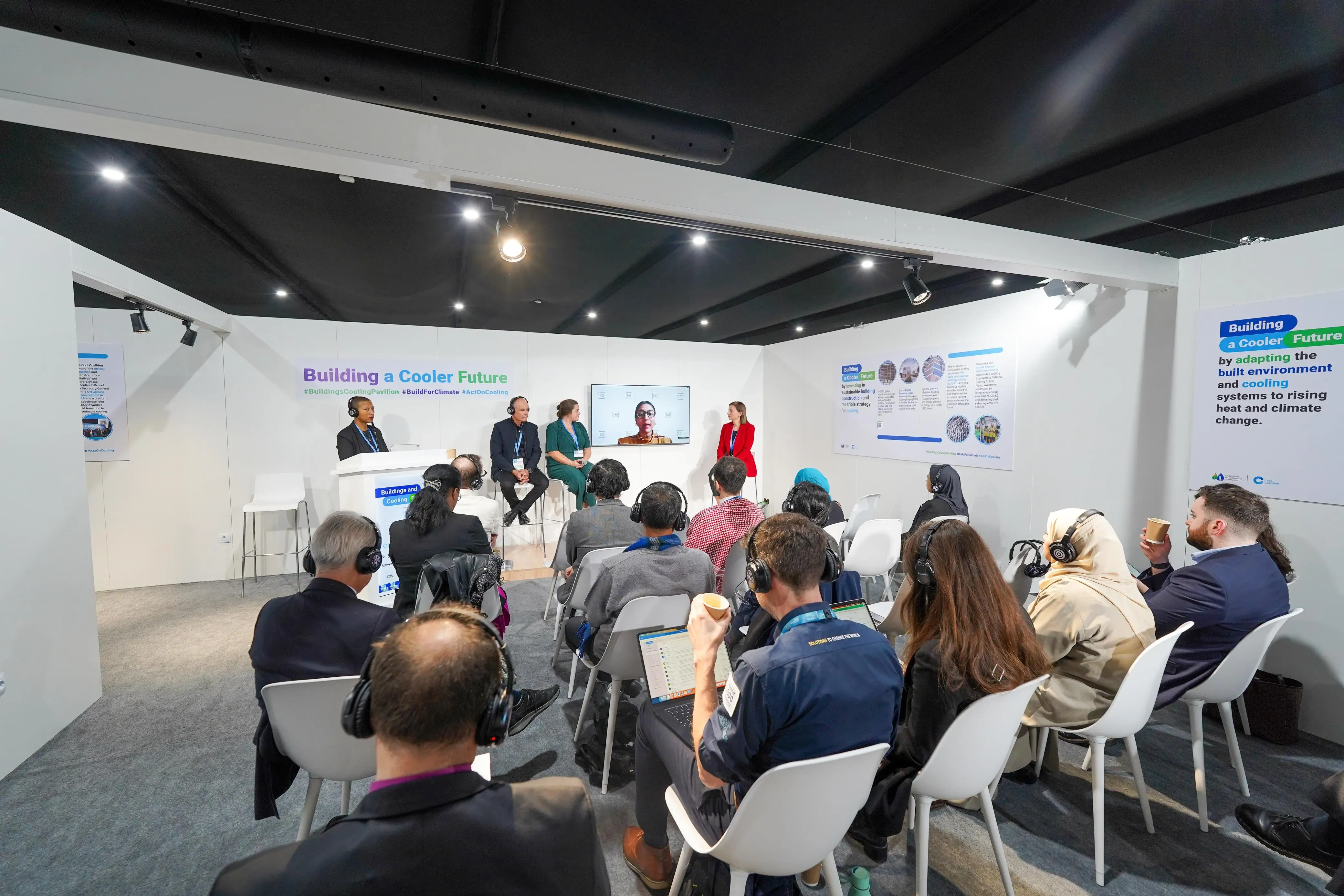Accelerating sustainability initiatives with digitalization
Digitalization is a core accelerator of Dar’s sustainability and decarbonisation roadmap. For example, London’s 150 Holborn, the headquarters that hosts Dar’s offices as well as those of its global collaborative of companies Sidara, achieved the WiredScore SmartScore Platinum certification – recognising the building as one of the smartest buildings in the world. 150 Holborn, for example, deploys Schneider Electric’s power and energy management software PME system for energy performance and metering – integrating digital technology to minimise energy consumption and monitor energy efficiency and equipment performance, while still optimising our operational processes, thereby enhancing business resilience and continuity. For its integrated building management structure, 150 Holborn uses Schneider Electric’s Smart Building EcoStruxure Control System in combination with Dar’s own digital twin technology PARA and FDD software to help make our building more efficient, in a continuous and ongoing process aimed at incrementally improving the building. 150 Holborn depends on a network of over 650+ IAQ sensors feeding real time data on temperature, humidity, CO2, and other indoor air quality metrics. A Schneider Electric lighting system (comprising Dali and KNX) also helps optimize lighting control to enhance efficiency and reduce emissions.
Dar’s PARA – an in-house developed platform with patent pending technology and the world’s first UL Smart Systems certification – is used to monitor and calculate the building’s performance, including its CO2 emissions. The platform offers real-time monitoring and control, facilitates predictive maintenance, and enhances sustainability and energy efficiency by creating a space to simulate and evaluate different scenarios to identify energy-saving measures, optimise resource allocation, and support better energy implementation. 150 Holborn also hosts a Planon IWMS solution with a Computer Aided Facility Management (CAFM) module that optimises building management.
150 Holborn is on track to receive BREEAM Outstanding certification for New Construction – Retail Units (achieving 86.7% against the targeted 85% score) and BREEAM Outstanding for New Construction – Commercial Building (achieving 97.21% compared to a target of 85%). 150 Holborn also achieved a perfect 100 score on Wired Score as well as a Platinum Smart Score (with a score of 92 out of a possible 100). 150 Holborn had undertaken a BREEAM Lifecycle Assessment (LCA) to limit embodied carbon. Reducing fossil energy-based processes, 150 Holborn is also signed up to an energy tariff, purchasing 100% of its electricity from renewable sources. Moreover, none of the waste generated in the building is sent to landfills; instead, we leverage circularity in our operations by ensuring that waste is either directly recycled (mixed recyclables), composted (organic waste), or delivered into energy from waste streams (general waste).
Similar digital solutions were introduced elsewhere in Dar’s offices. In Dar’s Smart Village headquarters in Dar, the PARA digital twin and building analytics platform identified facility management interventions that would boost operational efficiency and provided decision making support on energy management, sustainability, asset management, and user comfort.
By uncovering areas for operational improvement and enabling data-driven optimizations, PARA OS significantly enhanced the building’s operational performance – reducing total energy consumption at the flagship headquarters by a staggering 28% and empowering the building to achieve LEED Gold certification for Operation and Maintenance, under the LEED v4.1 Operations and Maintenance: Existing Buildings rating system. PARA also helped stakeholders to clearly identify missed energy savings, enabling facility managers to take corrective actions, and to accurately measure actual energy savings, incentivizing operators to make more data-driven decisions for continuous improvement.
Diversity, equity, and inclusion
As a signatory to the United Nations’ Women Empowerment Principles, Dar is committed to creating an environment where women can thrive as innovators, changemakers, and leaders in the architecture, engineering, and construction industry. In an industry that has a global diversity ratio of just 11%, we are incredibly proud to have 26% women taking up technical positions across our design centres, and we are working actively to empower more and more women to participate and lead.
Advocating for a more sustainable built environment globally
Dar’s objective is to lead by example and use our expertise to inspire others in our region to take action towards decarbonising the built environment. We have the in-house expertise, capabilities, and accredited experts to deliver projects that meet the highest standards of sustainability and climate resilience, including up to net zero. Dar’s over 500 certified professionals have mastered a wide variety of sustainability certification systems and empower clients to meet and exceed the standards of international rating systems. Dar has successfully delivered over 100 LEED-certified projects, including up to LEED Platinum.
Moreover, we have partnered with industry leaders like the World Green Building Council, PwC, Race to Resilience, and more to create thought leadership and advocate for sustainability in the built environment at successive COP summits.
Learn more about Dar






